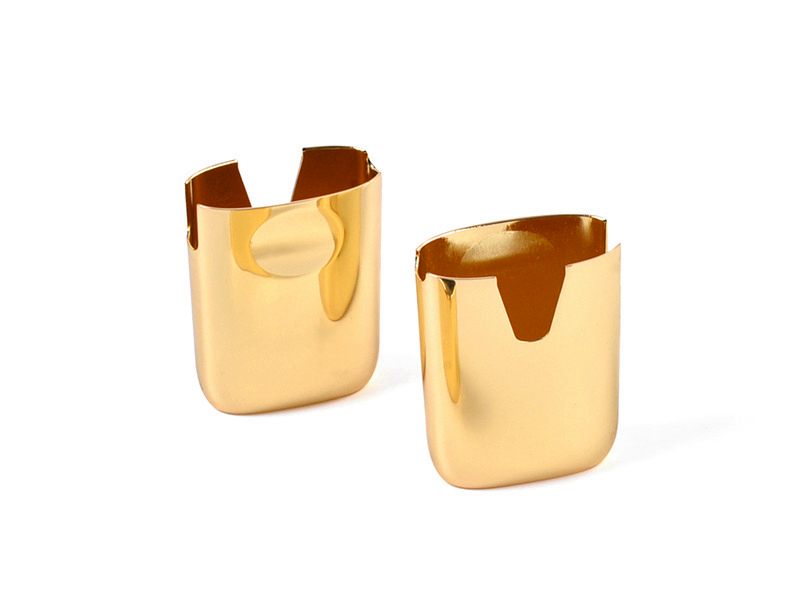Gigabyte Custom GPU Frame High Pressure Aluminum Die Casting Supplying
Thermally sensitive and mechanically loaded GPU modules require structural frames with tight tolerances, lightweight profiles, and excellent heat conduction. High-pressure aluminum die casting is the ideal solution for meeting these demands in modern gaming hardware.
This project details the custom production of A380 aluminum GPU frames tailored for high-performance graphics cards. It covers tooling, die casting, machining, and inspection practices built to support large-volume, high-precision GPU frame supply.
Aluminum A380: Mechanical Efficiency Meets Thermal Conductivity
A380 aluminum alloy provides a strong balance of mechanical durability, casting fluidity, and thermal performance, making it the go-to material for electronics enclosures and supports.
Material properties (per ASTM B85):
Ultimate tensile strength: 310 MPa
Yield strength: 165 MPa
Thermal conductivity: 96 W/m·K
Density: 2.74 g/cm³
Elongation: ~3.5%
Corrosion resistance: Good in ambient dry conditions
Learn more about A380 aluminum die casting and its applications in thermal enclosures and electronic component housings.
Mold Engineering for GPU Frame Integrity
A multi-slide die was developed to accommodate integrated fins, slot rails, and cable guides. Tooling was precision-ground to minimize flash and wear across tens of thousands of shots.
Tooling specifications:
Die steel: H13, vacuum hardened
Draft angle: 1.5° (functional faces)
Wall thickness: 1.6–2.8 mm
Surface finish: Ra ≤ 0.8 µm (cavity polish)
Tolerance class: ISO 8062 CT6
Explore our tool and die solutions engineered for large-frame aluminum casting with intricate geometries.
HPDC Process Parameters for Dimensional Precision
The frames were cast using 800-ton cold chamber die casting equipment, servo-controlled plunger systems, and vacuum venting for porosity reduction.
Die casting parameters:
Injection speed: 2.5–3.2 m/s
Fill time: ≤0.18 seconds
Intensification pressure: 90–110 MPa
Mold temperature: 240–260°C
Shot repeatability: ±2%
Real-time SPC monitoring supports our aluminum die casting services to ensure dimensionally stable output across full-volume production runs.
CNC Machining for GPU Mounting Interfaces
Key features such as cooler contact areas, mounting points, and alignment slots were machined to ensure precise fitment with thermal pads and board assemblies.
Machining details:
Flatness tolerance: ≤0.05 mm across 120 mm span
Surface finish: Ra ≤ 1.6 µm on heatsink contact zones
Bore tolerance: H7 class (±0.015 mm)
Thread tapping: M2.5–M4 (per ISO 965-1)
Our post-machining services ensure components are assembly-ready, with optimized flatness and alignment.
Surface Finishing for Performance and Aesthetics
To enhance appearance and corrosion resistance, a dual-process surface finish was used:
Sandblasting for matte uniformity
Anodizing: 10–15 µm black oxide layer (Type II, Class 1)
For alternative applications, we also offer powder coating and arc anodizing for enhanced durability or branding effects.
Quality Control and Mass Production Readiness
Each production batch was validated using automated dimensional inspection and surface consistency analysis. Data was logged using barcode traceability.
QA & delivery workflow:
First Article Inspection (FAI) with CMM validation
Surface profile scanning via laser profilometer
X-ray inspection of internal porosity (Class 2 ASTM E505)
Packaging with ESD-safe tray separation
Our mass production capabilities ensure consistent part quality for OEM or Tier-1 supply chains.
FAQs
What aluminum alloys are suitable for GPU or electronics frames under thermal load?
How are dimensional tolerances maintained in multi-slide aluminum casting?
What machining tolerances are critical for cooler and board interface zones?
What anodizing parameters improve both appearance and corrosion resistance?
How is batch quality and consistency ensured in high-volume aluminum casting?



